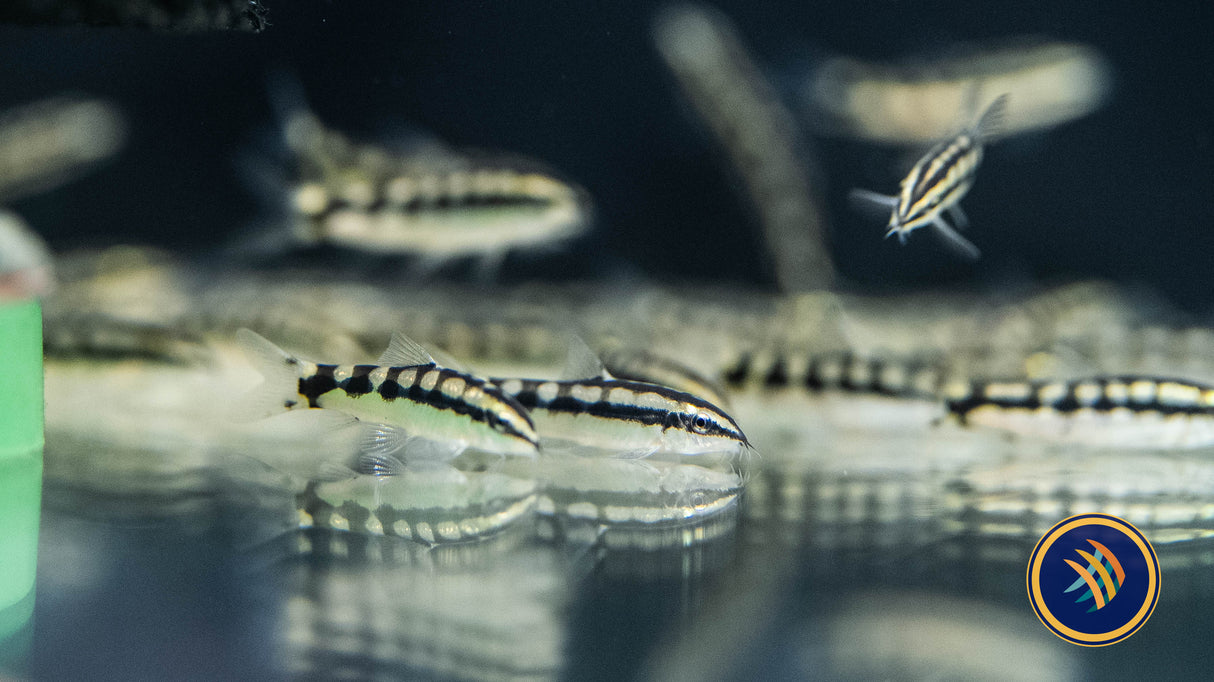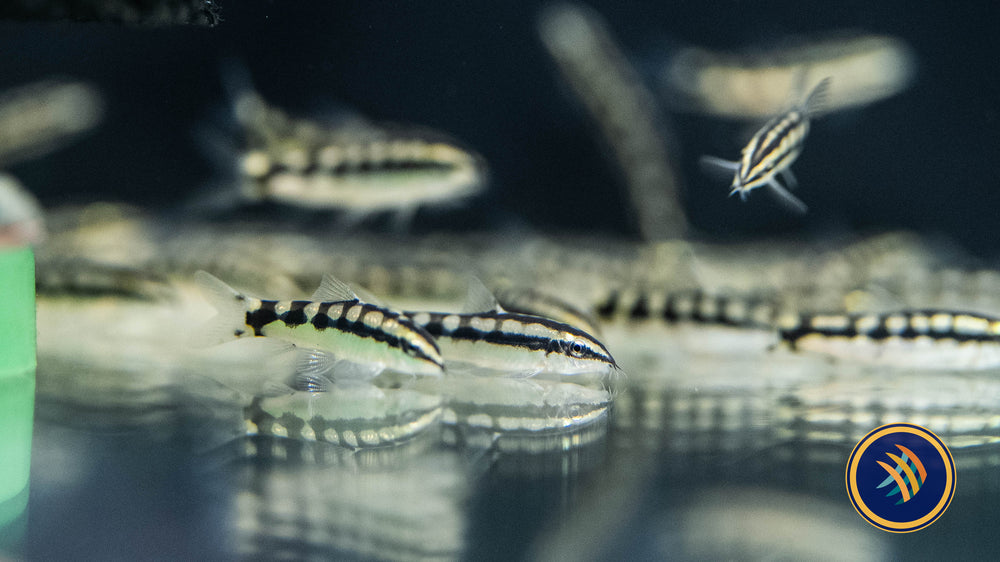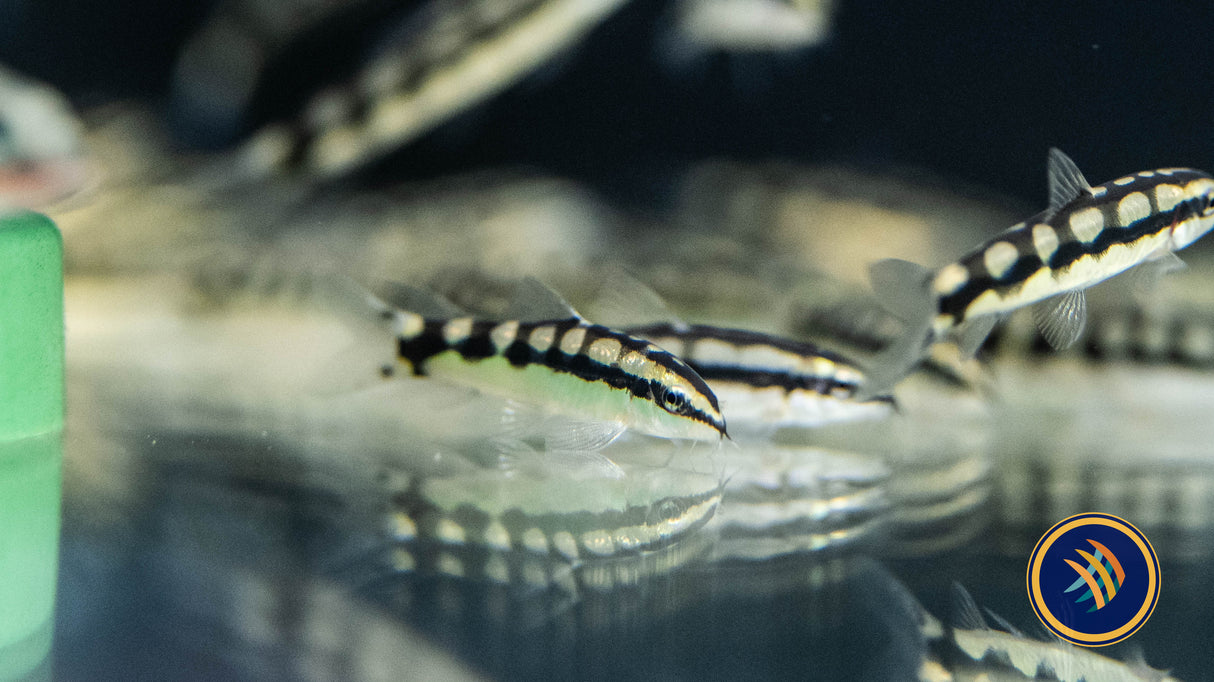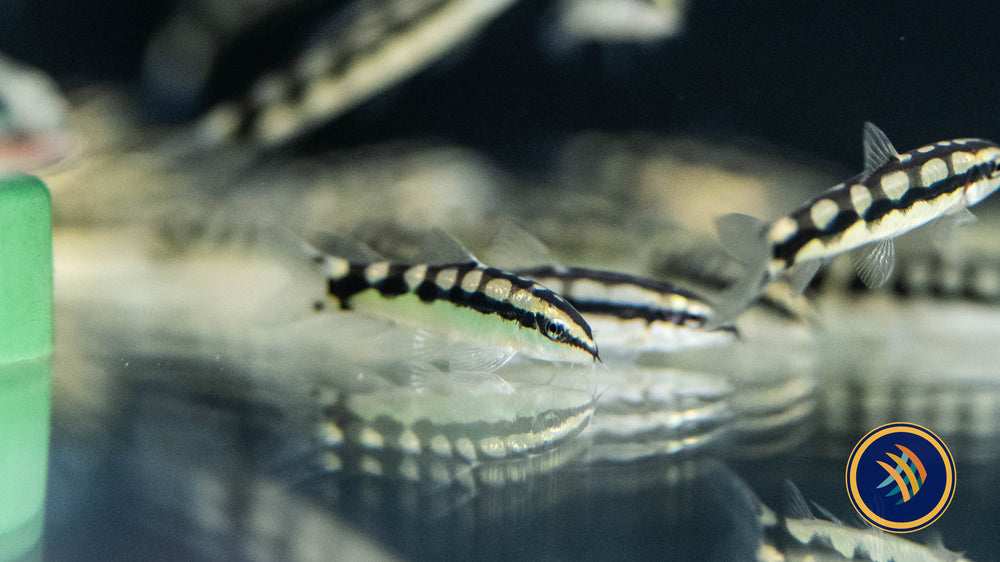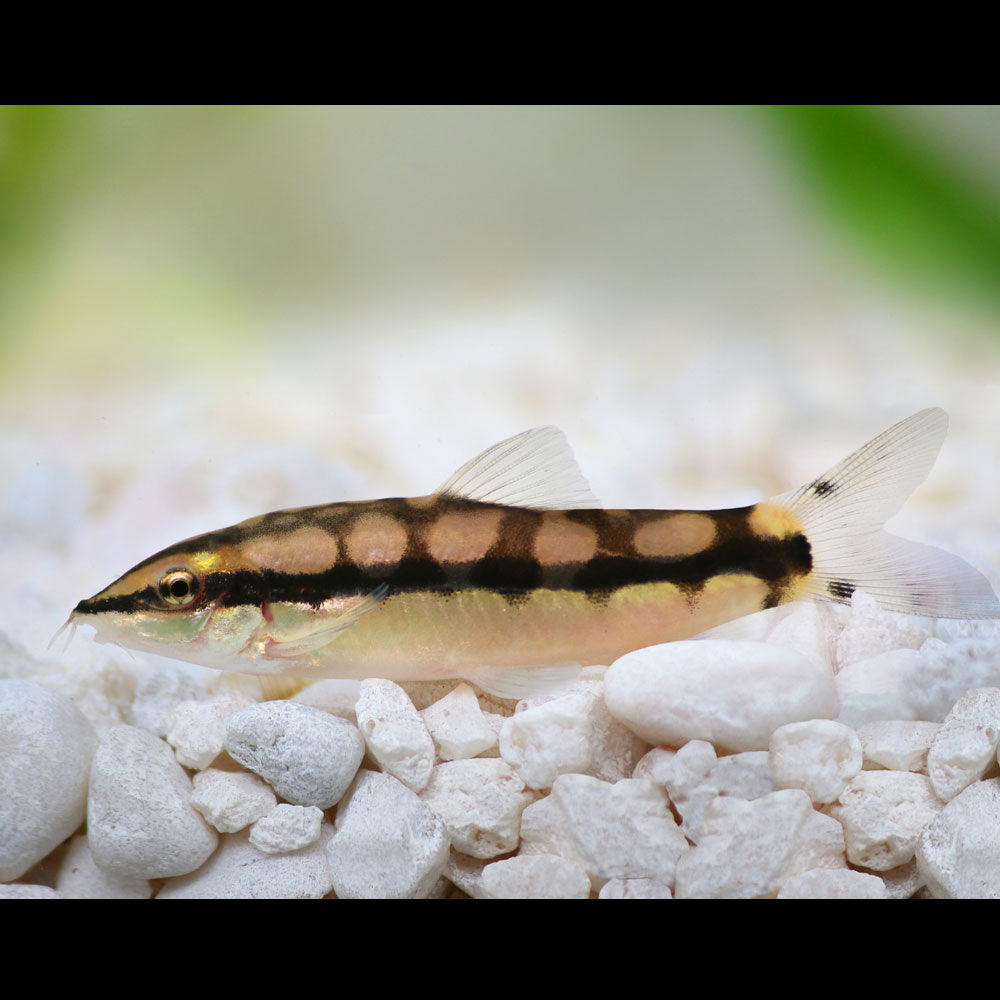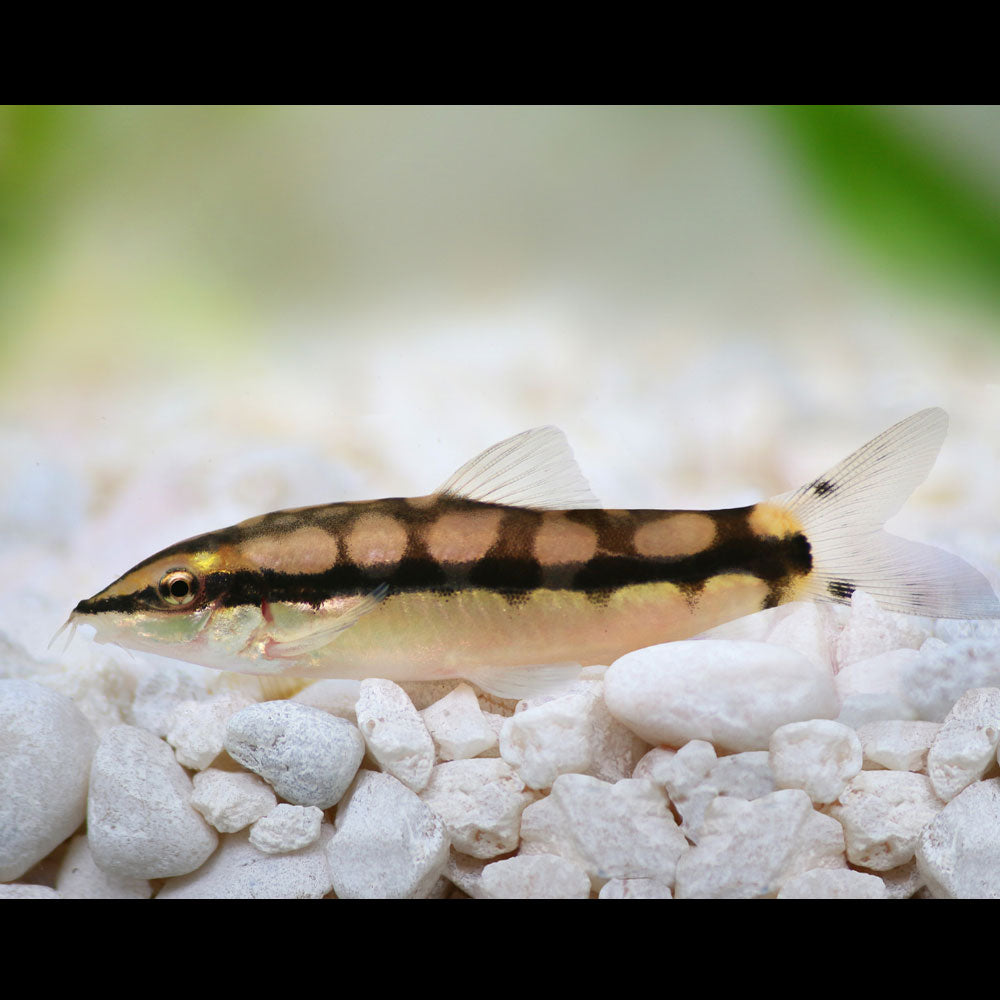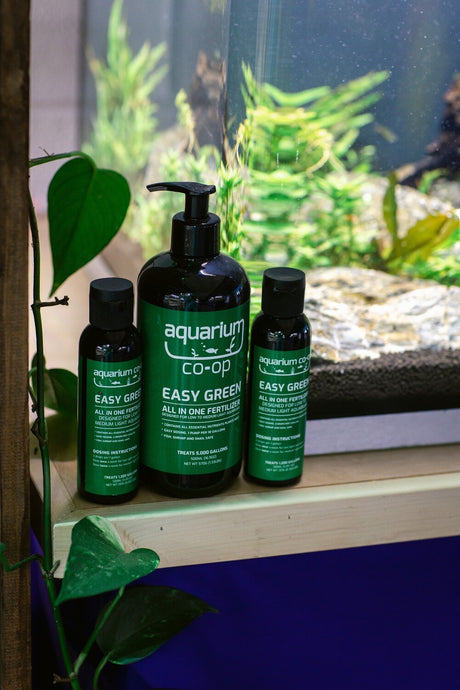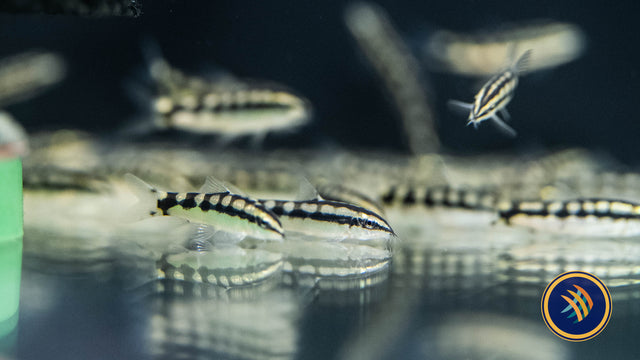Dwarf Chain Loach (Ambastaie Sidthimunki)
Dwarf Chain Loach (Ambastaie Sidthimunki) is backordered and will ship as soon as it is back in stock.
Delivery and Shipping
Delivery and Shipping
Product Refunds & Returns
- Returns can be processed within 14 days from purchase.
- To return products, they must be in original condition
- Shipping expenses are not refundable
- If your items have been damaged in shipping, please contact us within 24 hours of receipt with photos, and we will assist you.
Livestock Refunds, Returns, & Surrenders
- If you are unhappy with your livestock for any reason, you can bring it back within 72 hours for a full refund; we do not pick up returns
Dwarf Chain Loach (Ambastaie Sidthimunki)
Description
Description
Great for pest snails.
The Dwarf Chain Loach, also known as Ambastaie Sidthimunki or Sidthimunki Botia, is a small freshwater fish species belonging to the Cobitidae family. It is often sought after by aquarium enthusiasts for its lively behavior and striking appearance. Here is some information about this fish:
-
Temperature: The ideal temperature range for the Dwarf Chain Loach is between 73°F to 86°F (23°C to 30°C). Keeping the water within this temperature range is crucial for their well-being.
-
Minimum Size Tank: For a small group of Dwarf Chain Loaches, it is recommended to have at least a 20-gallon tank. Providing more space will allow them to exhibit their natural behaviors more comfortably.
Feeding Habits: The Dwarf Chain Loach is an omnivorous fish that enjoys a varied diet. They readily accept high-quality sinking pellets, as well as live and frozen foods such as bloodworms, brine shrimp, and daphnia.
Habitat Preference: In the wild, these loaches are often found in streams and rivers with moderate to fast-flowing water. They prefer a well-oxygenated aquarium with plenty of hiding spots such as caves, driftwood, and rocks.
Water pH Level: The ideal pH range for the Dwarf Chain Loach is slightly acidic to neutral, typically between 6.0 and 7.5. It is essential to maintain stable water parameters to ensure their health and well-being.
Behavior: The Dwarf Chain Loach is an active and social fish that often exhibits playful behavior. They are known for their playful nature and enjoy exploring their environment. They are generally peaceful but can show minor territorial behavior, especially during feeding times.
Schooling: Dwarf Chain Loaches are known to exhibit shoaling behavior and prefer the company of their own species. Keeping them in groups of at least six individuals is recommended to promote their natural behavior and reduce stress.
Bottom Dweller: They are primarily bottom-dwellers and are known to be most active during the day, although they can also exhibit some activity during the night.
Color and Other Details: Dwarf Chain Loaches have a distinctive appearance, with a golden-yellow body and three black bands running horizontally along their sides, resembling a chain pattern. They have an elongated body with small barbels around their mouths, which they use for locating food.
Specifications
Specifications
-
CategoryLoaches
-
Species TypeSid Loach
-
Water Temperature
-
Minimum Tank Size20 Gallons
-
Water pH LevelAcidic, Neutral
-
Habitat PreferenceDriftwood, Rocky Tanks, Hiding Spots, Planted Tanks
-
BehaviourCommunity Fish, Bottom-Dwelling, Shoaling
Payment & Security
Payment methods
Your payment information is processed securely. We do not store credit card details nor have access to your credit card information.

